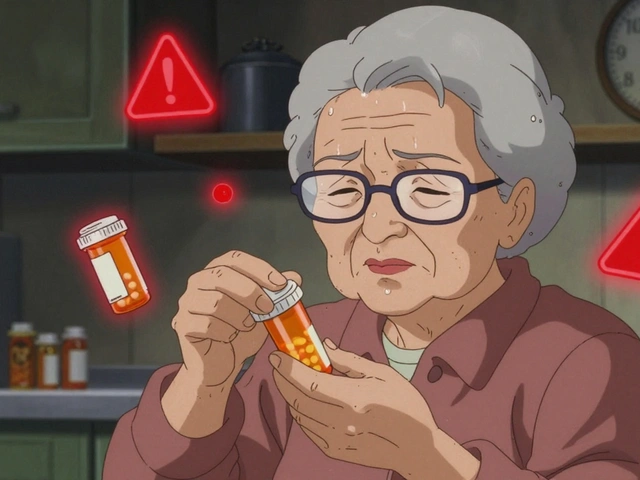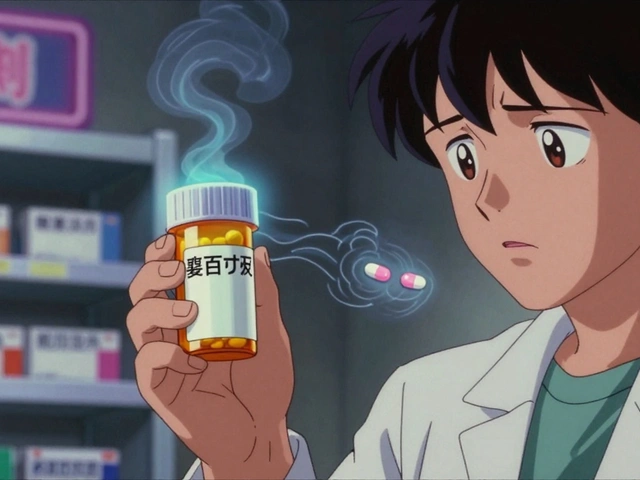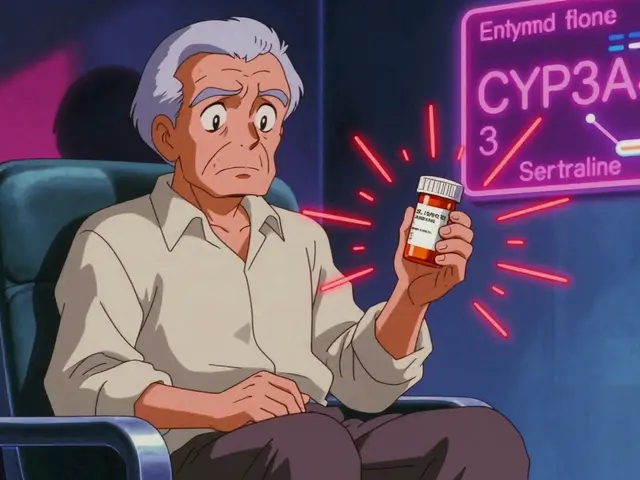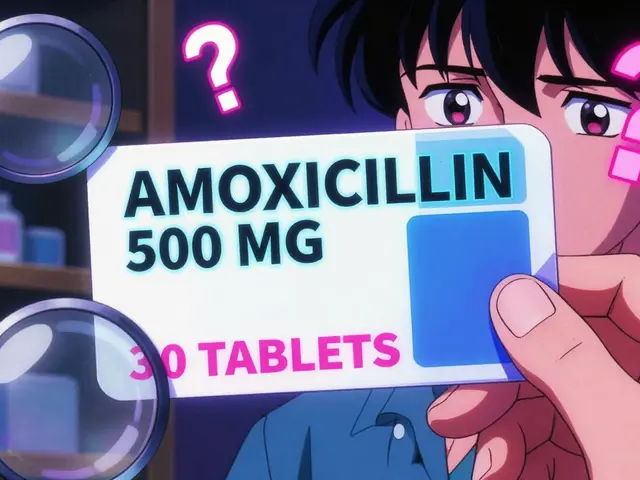Health benefits and risks of GHB (sodium oxybate)
GHB, known in medicine as sodium oxybate, is a strong sleep-related drug used under strict medical supervision. It can help people with narcolepsy who have severe daytime sleepiness and cataplexy. But it also carries real dangers if used incorrectly. This page explains what GHB can do, how it is used safely in medicine, and the main risks to watch for.
Medical benefits
When prescribed as sodium oxybate, GHB improves slow-wave sleep. Patients with narcolepsy often report deeper nighttime sleep and fewer daytime naps after treatment. Many also notice a drop in cataplexy attacks and better overall daytime alertness. Doctors may prefer sodium oxybate when other treatments like modafinil or stimulants don’t fully control symptoms.
Outside narcolepsy, some controlled studies in Europe and other regions have explored GHB for alcohol dependence. In those trials, supervised GHB reduced cravings and helped some patients with withdrawal. However, treatment needs careful monitoring because dependence can develop.
Safety, risks and legal notes
GHB is a sedative. Too much causes deep sleep, breathing problems, or loss of consciousness. Mixing GHB with alcohol, benzodiazepines, or opioids makes these effects worse and can be life-threatening. Because of this, sodium oxybate is available only by prescription in many countries and often through a restricted program that tracks use and prevents diversion.
Side effects commonly include nausea, dizziness, headache, and sleepwalking. Long-term or unsupervised use can lead to tolerance, dependence, and withdrawal symptoms if stopped suddenly. There’s also a risk of misuse: GHB has a history as a recreational drug and as a tool for assault, which is why safe storage and strict dispensing rules are essential.
If you and your doctor consider sodium oxybate, expect careful screening, clear dosing instructions, and follow-up visits. Typical medical dosing splits the nightly dose into two parts, taken at night only. Never adjust the dose on your own.
If you’re seeking alternatives, talk with your clinician about stimulants like modafinil for daytime sleepiness, antidepressants for cataplexy, or behavioral sleep strategies. For alcohol dependence, many effective options exist, including naltrexone and supervised detox programs.
Bottom line: In a medical setting and with tight controls, sodium oxybate can bring real benefits for people with certain sleep disorders and, in some research, for alcohol dependence. But the margin between a helpful dose and dangerous effects is small. Always follow a specialist’s guidance, avoid mixing substances, and report side effects promptly.
Ask your doctor how GHB fits your health: tell them about sleep patterns, all medicines and allergies, alcohol use, breathing problems, or pregnancy. Ask how side effects will be checked, what emergency signs to watch for, and how to stop safely. Confirm dosing times and what to do if you miss a dose.
Practical tips: keep the bottle locked in original packaging; follow the exact dose. Never share medication or mix with alcohol. Avoid driving after a dose until you know effects. Seek help immediately for breathing problems, confusion, severe dizziness, unconsciousness, or if someone is hard to wake.





